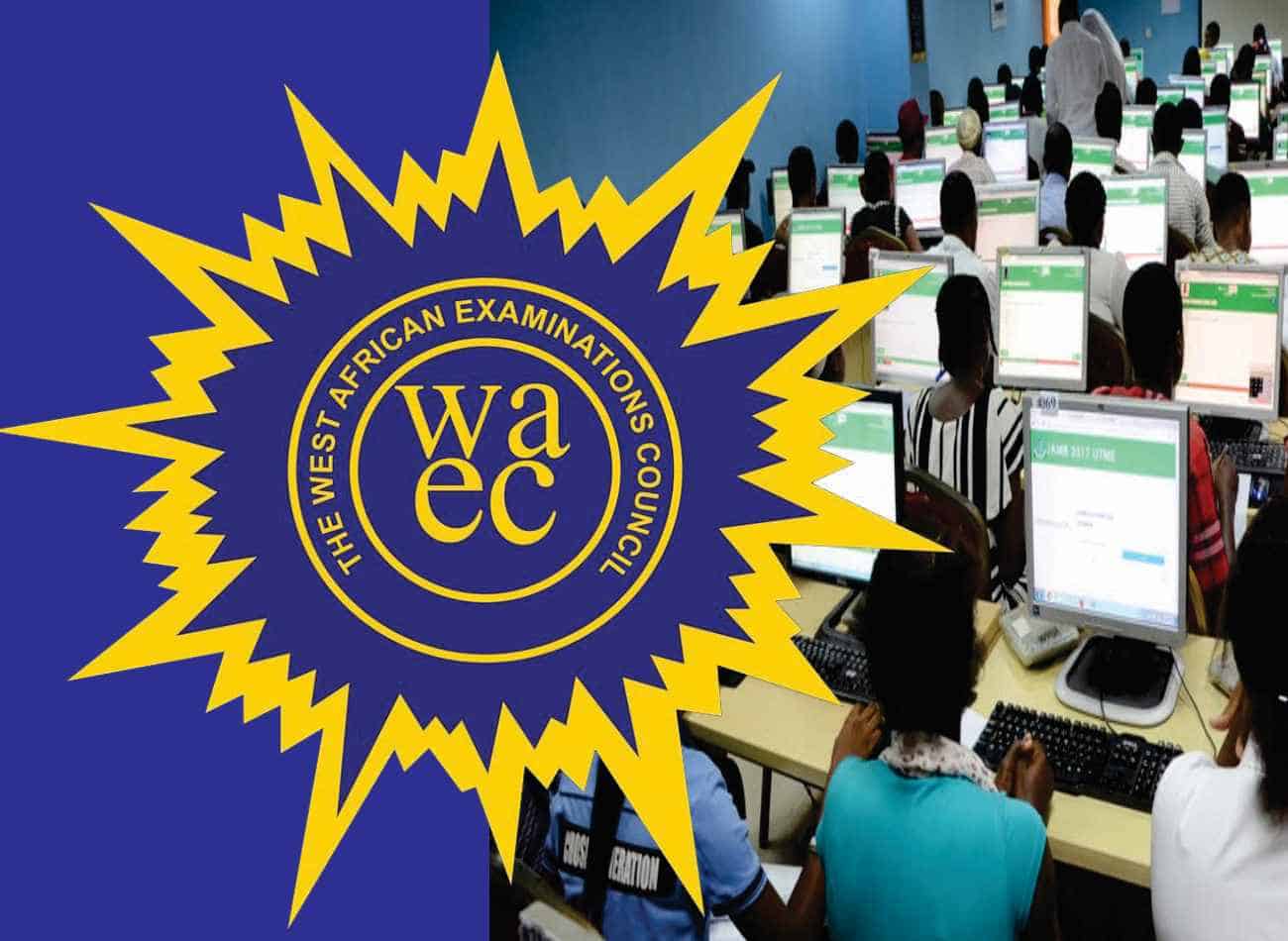
WAEC CBE means that school candidates will no longer use paper-based exams, but instead, they will use computer-based exams. The West African Examinations Council (WAEC) recently announced that it will join its other examination counterparts, like JAMB, to completely migrate its school examination from Paper-Based Examination (PBE) to Computer-Based Examination (CBE). A major shift that will redefine how secondary school students across West Africa sit for their exams.
In 2024, the West African Examination Council, in a major shift to test its preparation on a full CBT migration, conducted its first-ever CB-WASSCE for Private Candidates, First Series, 2024, which was a major success, marking a milestone in the Council’s transformative agenda.
By 2026, WAEC will fully transition from the traditional paper-based format to Computer-Based Examination (CBE) for all its school examinations, which means secondary school students will now write their final examinations using computers, just as JAMB UTME candidates do.
This move aligns with global educational trends but also presents new challenges and opportunities for students, parents, and educators alike.
As this change looms closer, the big question for many parents is: How can I prepare my child to succeed in this new format?
Why the Switch to CBE?
WAEC’s decision to go digital is part of the council’s continuous quest for excellence in its service delivery. According to the council, the CBE system will enhance exam security, speed up result processing, and minimize cases of malpractice. It also reflects a growing global preference for computer-based learning and assessment in the digital age.
But for many students, especially those in public schools with limited computer access, this shift may seem intimidating. That’s why early preparation is key.
1. Train your child on Computer Literacy Now
The first and most crucial step is ensuring your child is comfortable with using a computer. This includes:
- Familiarity with keyboards and mouse navigation
- Typing skills
- Navigating basic software interfaces
- Understanding simple computer commands and prompts
If your child is only used to mobile phones or tablets, they may find the CBE environment unfamiliar. Introduce them to desktops or laptops early enough and let them practice regularly.
2. Enroll in CBT Practice Classes
Several educational platforms now offer WAEC-style CBE mock exams and tutorials. Websites like MySchool, Pass.ng, FlashLearners, and sukulu simulate the real CBE environment, helping students get used to:
Timed tests
- On-screen reading.
- Clicking options instead of writing answers by hand.
By practicing with these tools, your child won’t just learn the subject material; they will also become mentally and technically prepared for the test format.
- NYSC Glitch: Education Consultant Questions ICT Director Competence, Suggests Young People Should be Allowed to Manage Critical Infrastructure
- NYSC 2025: Top 11 States That Pay Corp Members the Highest Allowance
- Breaking: IAUE Opens Application Portal for Newly Approved Undergraduate Programmes
- Admission Fraud: JAMB Caution Candidates Against Illegal Programme Changes by Universities
- UPDATE: JAMB Extends 2025/2026 Admission Deadline to Public Universities, Sets New Date
3. Create a CBT-Friendly Study Environment at Home
If you can afford it, set up a study corner at home where your child can use a desktop or laptop without distractions. Get them in the habit of taking practice questions online instead of using only textbooks or printed past questions. The goal is to make CBT feel normal, not foreign.
4. Collaborate with Schools and Teachers
Many schools are still adjusting to this upcoming change. As a parent, stay in close contact with your child’s teachers to ask how the school is preparing students for CBT. If the school hasn’t yet started any computer-based practice sessions, encourage them to begin. You can also suggest organizing group CBT sessions or hiring a digital literacy tutor.
5. Address Technophobia Early
Some students naturally feel anxious around computers. If your child shows signs of discomfort or fear of making mistakes on a computer, be patient and encouraging. Begin with very simple tasks, gradually increasing the complexity. Make learning fun through educational games and interactive quizzes, and puzzles.
6. Focus on Time Management Skills
One of the most common struggles in CBT exams is time management. Unlike paper-based exams, where students can flip through questions, CBT formats often require strict pacing.
Help your child learn how to:
- Manage time wisely
- Skip difficult questions and return later
- Stay calm under pressure
Practicing under timed conditions will make them less likely to panic during the real exam.
Conclusion
WAEC’s complete move to CBE by 2026 is a bold step into the future, and while it may come with its own set of challenges, it also presents a great opportunity for students to become digitally savvy and exam-smart. The best preparation doesn’t happen in the final months before the exam; it starts now.


